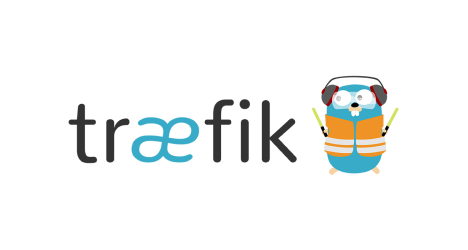Traefik Ingress

The Cloud Native Application Proxy
This documentation was taken from the Traefik repository
Overview
Traefik (pronounced traffic) is a modern HTTP reverse proxy and load balancer that makes deploying microservices easy. Traefik integrates with your existing infrastructure components (Docker, Swarm mode, Kubernetes, Marathon, Consul, Etcd, Rancher, Amazon ECS, ...) and configures itself automatically and dynamically. Pointing Traefik at your orchestrator should be the only configuration step you need.
Imagine that you have deployed a bunch of microservices with the help of an orchestrator (like Swarm or Kubernetes) or a service registry (like etcd or consul). Now you want users to access these microservices, and you need a reverse proxy.
Traditional reverse-proxies require that you configure each route that will connect paths and sub-domains to each microservice. In an environment where you add, remove, kill, upgrade, or scale your services many times a day, the task of keeping the routes up to date becomes tedious.
This is when Traefik can help you!
Traefik listens to your service registry/orchestrator API and instantly generates the routes so your microservices are connected to the outside world -- without further intervention from your part.
Run Traefik and let it do the work for you! (But if you'd rather configure some of your routes manually, Traefik supports that too!)
Features
- Continuously updates its configuration (No restarts!)
- Supports multiple load balancing algorithms
- Provides HTTPS to your microservices by leveraging Let's Encrypt (wildcard certificates support)
- Circuit breakers, retry
- See the magic through its clean web UI
- WebSocket, HTTP/2, GRPC ready
- Provides metrics (Rest, Prometheus, Datadog, StatsD, InfluxDB)
- Keeps access logs (JSON, CLF)
- Fast
- Exposes a Rest API
- Packaged as a single binary file (made with :heart: with go) and available as an official docker image
Supported Backends
- Docker / Swarm mode
- Kubernetes
- Marathon
- Rancher (metadata)
- File
Quickstart
To get your hands on Traefik, you can use the 5-Minute Quickstart in our documentation (you will need Docker).
